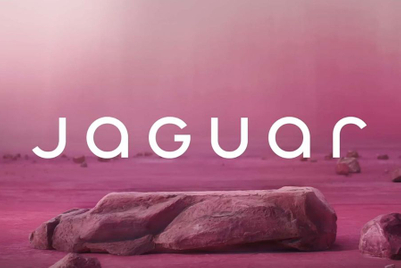
I’ve become a fundamental believer that all things new are old again. In other words, just because something feels fresh compared with what came before, that doesn’t mean it doesn’t follow, deep down, the same principles. In fact, I've found it very hard to find anything in modern culture that isn’t comparable to something that happened in the past. Sure, the tools change, but people don’t.
It’s become a cliche to take this argument when thinking about audiences on social media, so I want instead to turn the lens back on to the brands we work with to help develop and grow. We know, from Binet & Field, Kantar Millward Brown and endless other research agencies, that single-mindedness is indispensable to help brands stand out, and standout brands are more likely to grow. And yet, most of the work we see on social media doesn’t quite follow this approach.
From brands mindlessly trying to jump on memes, or doing pure sh*tposting as a strategy, to those that simply regurgitate their broadcast advertising in 1:1 cut-down formats, I believe most brands’ social strategies are essentially eroding brand equity and value. Brands are either trying to be something they’re not, or trying to do too much. This, in turn, compromises what people associate with those brands, or how likely they are to remember a brand at point of sale, which affects the brand and commercial effectiveness we’re meant to deliver.
I call this multiple brand personality disorder, and it’s a serious ailment that isn’t discussed enough within the marketing, planning or creative departments. At best, it’s at the origin of a lot of brand noise online. At worst, like most forgettable advertising, it simply leads to indifference. And an indifferent audience is far less likely to care, buy or talk about a product or service.
A sceptical mind would say here the problem is the fundamental lack of effectiveness attributed to always-on social media. They may be right. But I don't see this as a problem of lack of evidence, but rather lack of realistic expectations of how always-on and campaigns work together. So instead of a revolution, brands need what we like to call a “big social media reality check”.
It all starts with understanding how the business is currently equipped (or not) to properly approach social. It’s all well and good to have a clear strategy, with brilliant platform-first thinking and ideas, but if you’re not set up to produce all that work or even something as prosaic – but indispensable – as signing it off on time, then you don’t get any of that much-desired brand fame, just a lot of brand team frustration.
The next step comes with agreeing, collectively, what social media is actually for. Often each department in the business will argue that its role is to support their remit, and who can blame them? It is indeed possible, in theory, for social media to do a lot of things across an organisation. But this takes us back to split brand personality disorder, which makes brand consistency (as well as freshness) fade away like a forgettable tweet.
Finally, you need a consistent thread between the brand strategy and platform executions. The most famous brands on social media right now, from Duolingo to Aldi to Ryanair, all share one thing: they don’t quite feel like brands. They feel like creators, embodying a distinct persona and doubling down on that. So, because people fundamentally relate to other individuals, not just faceless corporations, it’s time for brands to think less about a social proposition (a worthy but often bloated exercise) and rather embody a clear social persona.
In a way, brand characters (remember them?) are not old-school, they’re just adopting new ways to get expressed online. And the evidence is again on our side, with a significant portion of the Warc Effective 100 campaigns in 2020 relying on humour and parody. We’re seeing early results of that approach with our recent launch of Compare the Market on TikTok, which has relied on turning the Meerkats we all know and love into bona fide furry content creators.
So how do you avoid multiple brand personality disorder? Learn from creators, not other brands, and embrace a persona that helps add real entertainment value to people’s online lives, instead of simply pushing best practice stuff that may well fit in, but certainly doesn’t stand out. System 1’s Orlando Wood famously said, and proved, that “advertising needs to entertain for commercial gain”. Social media, for all the opportunities it unlocks for brands, is no different.
Rob Estreitinho is planning director at VCCP





.jpg&h=334&w=500&q=100&v=20250320&c=1)
.jpg&h=334&w=500&q=100&v=20250320&c=1)
.jpeg&h=334&w=500&q=100&v=20250320&c=1)
.jpg&h=334&w=500&q=100&v=20250320&c=1)
.jpg&h=334&w=500&q=100&v=20250320&c=1)
.jpg&h=334&w=500&q=100&v=20250320&c=1)


.jpg&h=268&w=401&q=100&v=20250320&c=1)


.png&h=268&w=401&q=100&v=20250320&c=1)


.jpg&h=268&w=401&q=100&v=20250320&c=1)
